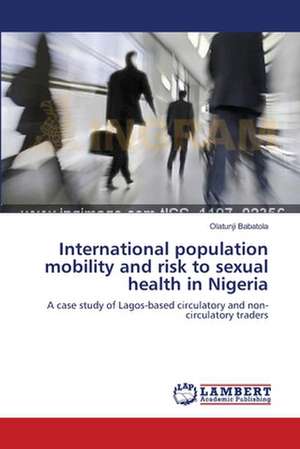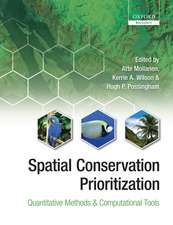International population mobility and risk to sexual health in Nigeria
Autor Olatunji Babatolaen Limba Engleză Paperback – 6 aug 2012
Preț: 482.71 lei
Preț vechi: 524.69 lei
-8% Nou
Puncte Express: 724
Preț estimativ în valută:
92.38€ • 95.43$ • 76.88£
92.38€ • 95.43$ • 76.88£
Carte tipărită la comandă
Livrare economică 25 martie-08 aprilie
Preluare comenzi: 021 569.72.76
Specificații
ISBN-13: 9783659174889
ISBN-10: 3659174882
Pagini: 252
Dimensiuni: 152 x 229 x 15 mm
Greutate: 0.37 kg
Editura: LAP LAMBERT ACADEMIC PUBLISHING AG & CO KG
Colecția LAP Lambert Academic Publishing
ISBN-10: 3659174882
Pagini: 252
Dimensiuni: 152 x 229 x 15 mm
Greutate: 0.37 kg
Editura: LAP LAMBERT ACADEMIC PUBLISHING AG & CO KG
Colecția LAP Lambert Academic Publishing
Notă biografică
Dr. Babatola lectures in Geography dept. Univ. of Lagos, Nigeria. A onetime Ag HOD, he specializes in Population behaviour and Tourism analyses. A UAPS Research Laureate, a former Visiting Fellow to the Nat'l Centre for Epidemiology/Population Health, ANU Canberra; the author has served as population project consultant and is well published.













